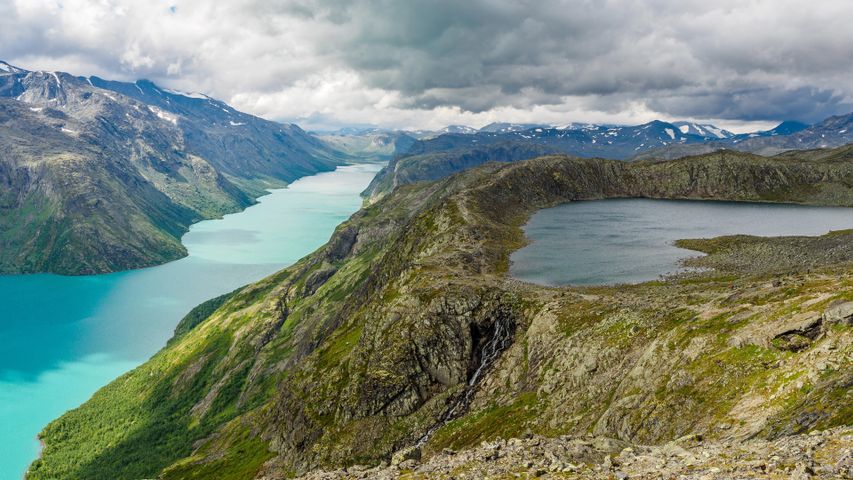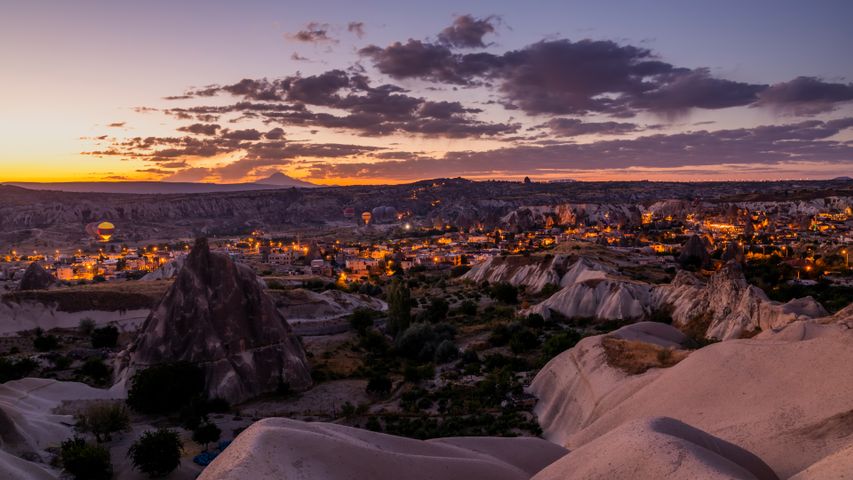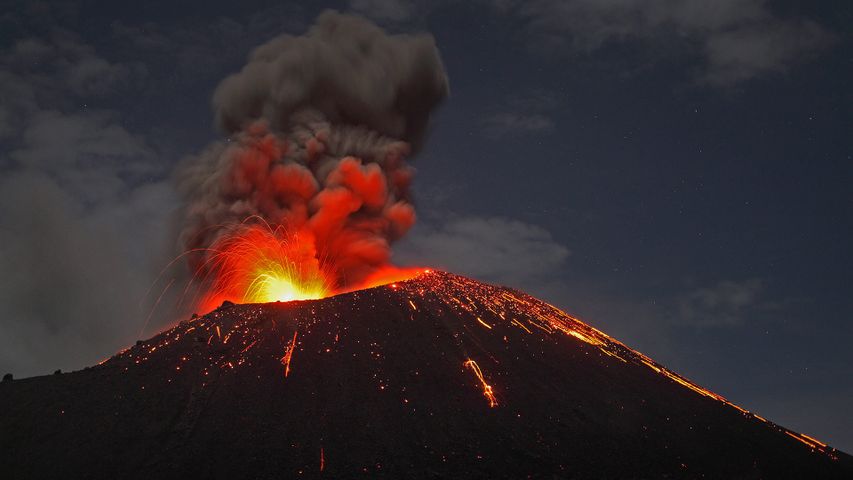Boundary Trail in Mount St. Helens National Volcanic Monument, Washington
© Don Geyer/Alam
40 years of recovery. Mount St. Helens National Volcanic Monument
Today is an important day in American history. We’re standing on the Boundary trail at Johnston Ridge in the Mount St. Helens National Volcanic Monument. Forty years ago today, 110,000 acres within Gifford Pinchot National Forest were set aside to memorialise the deadliest and most destructive volcanic eruption in the United States. For nearly nine hours on May 18, 1980, the Mount St. Helens erupted, forever changing the Washington landscape. The volcanic event started at roughly 8:30 on a Sunday morning with a 5.1 magnitude earthquake. This triggered what is known as a ‘lateral eruption,’ which means the lava blast comes out of the side of the volcano, rather than the top. The initial blast shaved more than a thousand feet off the mountain’s elevation, resulting in a massive avalanche and the destruction of about 150 square miles of the surrounding forest. When the event ended, 57 people had died, 200 homes and almost 200 miles of nearby highway had been destroyed.
The monument was established by President Ronald Reagan in 1982 to preserve the area for research, recreation, and education. The land inside has been left to mostly recover naturally since the eruption. While it’s believed that Mount St. Helens will erupt again sometime within the next few centuries, that has not deterred people from hiking and climbing at the monument, which has been allowed since 1986.
Related Images
Bing Today Images



 Cinque Torri, Dolomiti, Cortina d’Ampezzo, Belluno, Veneto, Italy
Cinque Torri, Dolomiti, Cortina d’Ampezzo, Belluno, Veneto, Italy
 Chisos Mountains, Big Bend National Park, Texas, United States
Chisos Mountains, Big Bend National Park, Texas, United States
 Jotunheimen National Park in Norway
Jotunheimen National Park in Norway
 Zion National Park, Utah, United States
Zion National Park, Utah, United States
 Hot air balloons over Göreme Historical National Park in Cappadocia, Türkiye
Hot air balloons over Göreme Historical National Park in Cappadocia, Türkiye
 Kachina Bridge, Natural Bridges National Monument, Utah, United States
Kachina Bridge, Natural Bridges National Monument, Utah, United States
 Sandstone formations in the badlands near Caineville, Utah, United States
Sandstone formations in the badlands near Caineville, Utah, United States
 Nalanda mahavihara, Bihar
Nalanda mahavihara, Bihar


